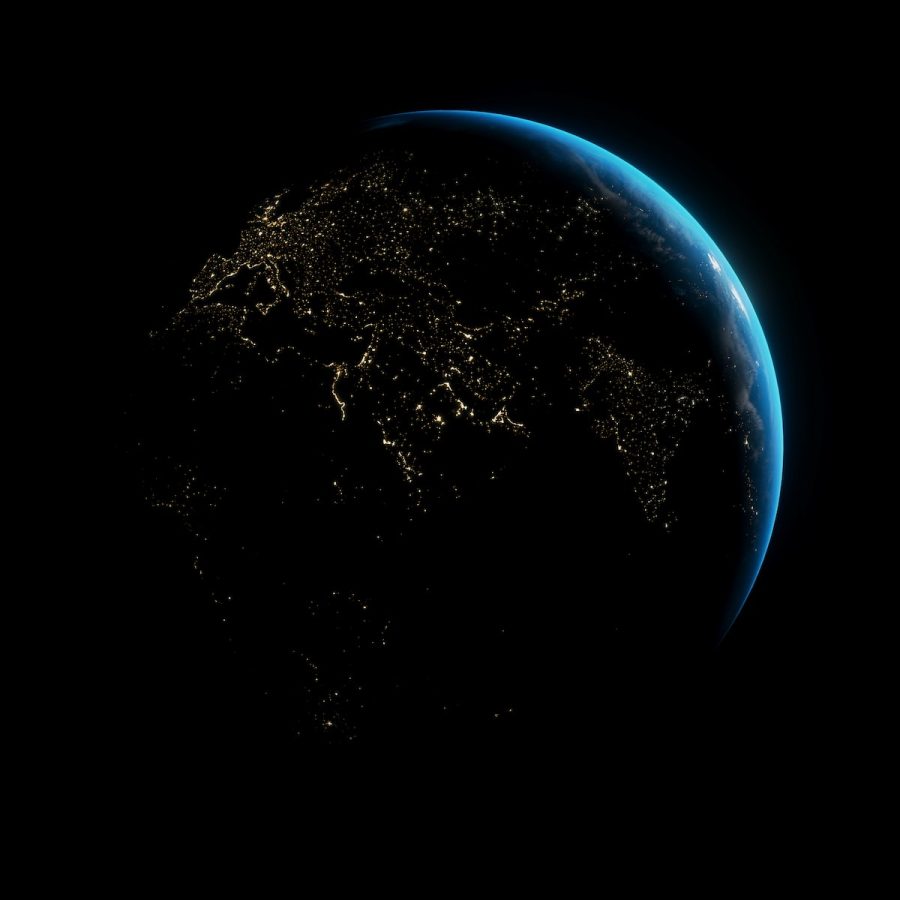The Scary Reality of Kessler Syndrome
The consequences and actions of Kessler Syndrome
Kessler Syndrome is a theoretical scenario that could occur in Earth’s low orbit if there are too many satellites and debris colliding with each other. The aftermath would be catastrophic for space exploration, as a chain reaction of collisions would create even more debris and make it nearly impossible for spacecraft to safely travel through orbit.
The syndrome is named after Donald J. Kessler, who first proposed the theory in 1978. Kessler was working as a scientist for NASA at the time and was concerned about the increasing amount of space debris in low Earth orbit. He suggested that a collision between two pieces of debris could lead to a cascade of collisions, eventually causing an exponential growth of debris and making it hazardous for all spacecraft.
The consequences of Kessler Syndrome would be dire. The debris would move at high speeds, making it impossible to track and avoid. It could cause damage to satellites, telescopes, and other space equipment. It could also threaten the safety of astronauts and cosmonauts aboard the International Space Station.
Several events have already occurred that demonstrate the potential for Kessler Syndrome. In 2007, China tested an anti-satellite missile that created a large amount of debris. In 2009, an active U.S. satellite collided with a defunct Russian satellite, creating even more debris. These events illustrate how a single collision can trigger a chain reaction of debris and make the situation worse.
Preventing Kessler Syndrome would require a coordinated effort by all countries and organizations with satellites in orbit. This would involve taking steps to remove and dispose of defunct satellites and other debris, as well as implementing measures to prevent further collisions. Failure to do so could result in a future where Earth’s low orbit is too dangerous for any spacecraft to navigate.
In conclusion, Kessler Syndrome is a potential catastrophe that could occur in Earth’s low orbit due to the increasing amount of space debris. It could create a cascade of collisions and make it hazardous for all spacecraft. Preventing Kessler Syndrome would require a coordinated effort to remove and dispose of debris and prevent further collisions. The consequences of failing to do so would be dire for space exploration and the safety of those aboard the International Space Station.
RELATED STORIES
https://www.inverse.com/science/what-is-kessler-syndrome
https://www.space.com/kessler-syndrome-space-debris
https://www.nhm.ac.uk/discover/what-is-space-junk-and-why-is-it-a-problem.html
https://earthsky.org/human-world/kessler-syndrome-colliding-satellites/
TAKE ACTION















